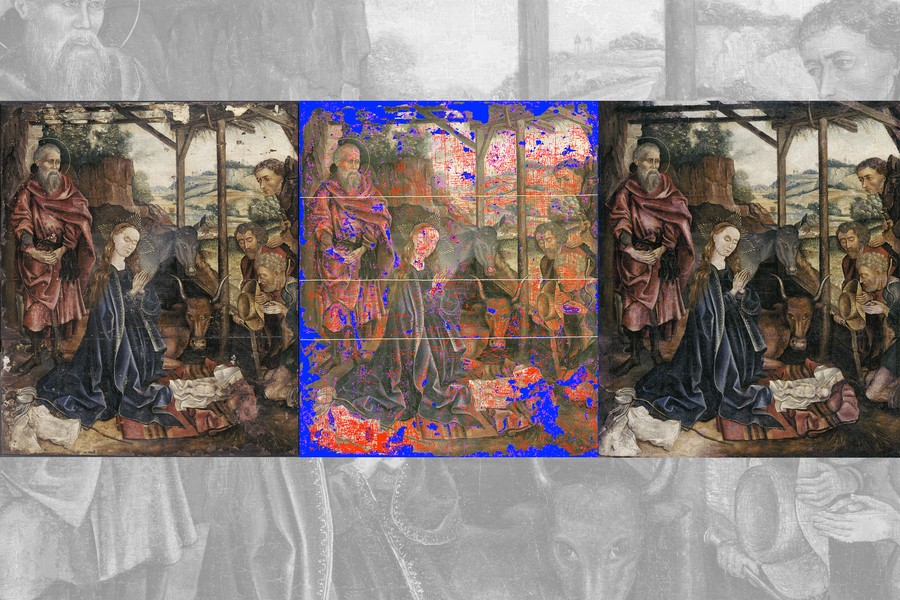
(Photo: Smithsonian magazine)
US scientists have tested a new technique on a badly damaged 15th-century oil painting using digital masking - a technological advance that makes restoring ancient paintings faster and more accurate - without changing the original.
According to Mit News, restoring a work of art is a demanding job that requires a steady hand and a keen eye. For centuries, ancient paintings have been restored by identifying the areas that need repair and then precisely mixing paint to fill in each area at a time. Often, a painting can have thousands of small areas that need detailed repair. Restoring a painting can take anywhere from weeks to months, and some works can take more than a decade.
Researchers have tested a digital masking method to repair damaged images on a 15th-century painting. Instead of spending hours cleaning, analyzing and retouching, the process took just three and a half hours. The method works by digitally recreating the missing parts of the painting, then printing them onto a plate in the exact colors. The mask is placed directly on the damaged artwork, restoring the image without altering the original. The process uses more than 57,000 unique colors and covers more than 66,000 square millimeters.
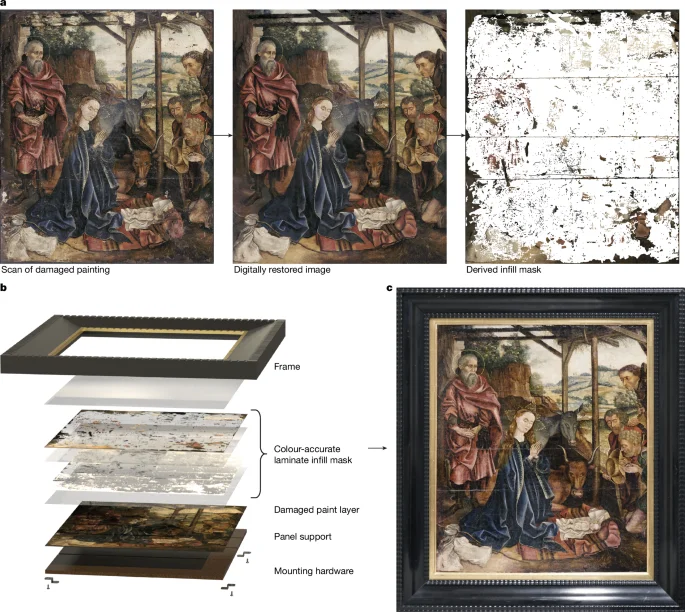
Currently, this method is effective on paintings with smooth, varnished surfaces. Experts say this method can help museums restore more works. At the same time, it is hoped that the physical restoration process combined with digital technology will open a new era for future art conservation./.
Source: https://baogialai.com.vn/cong-nghe-dot-pha-phuc-che-tranh-co-chi-trong-vai-gio-post328570.html





![[Photo] Brilliant red of the exhibition 95 years of the Party Flag lighting the way before the opening](https://vphoto.vietnam.vn/thumb/1200x675/vietnam/resource/IMAGE/2025/8/27/e19d957d17f649648ca14ce6cc4d8dd4)
![[Photo] Prime Minister Pham Minh Chinh chairs meeting of National Steering Committee on International Integration](https://vphoto.vietnam.vn/thumb/1200x675/vietnam/resource/IMAGE/2025/8/26/9d34a506f9fb42ac90a48179fc89abb3)
![[Photo] Prime Minister Pham Minh Chinh receives CEO of Samsung Electronics](https://vphoto.vietnam.vn/thumb/1200x675/vietnam/resource/IMAGE/2025/8/26/373f5db99f704e6eb1321c787485c3c2)





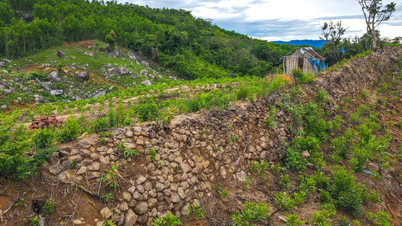




















![[Photo] Multi-colored cultural space at the Exhibition "80 years of the journey of Independence - Freedom - Happiness"](https://vphoto.vietnam.vn/thumb/1200x675/vietnam/resource/IMAGE/2025/8/26/fe69de34803e4ac1bf88ce49813d95d8)
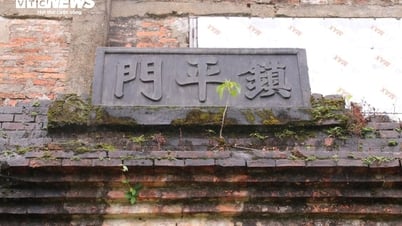



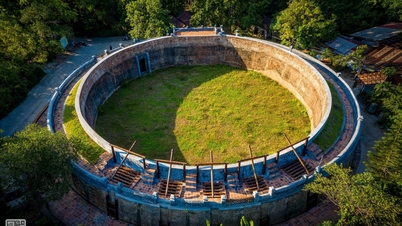



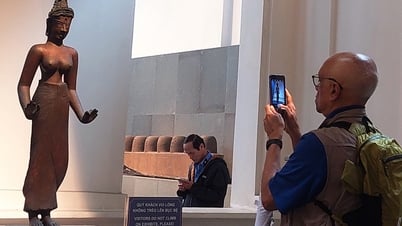










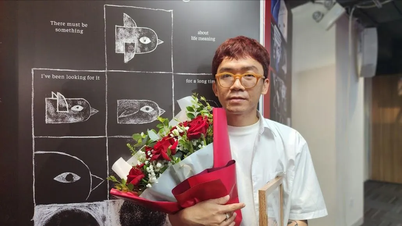





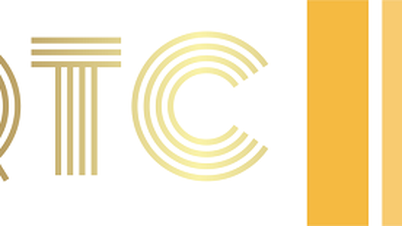





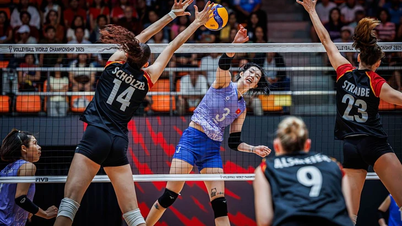






























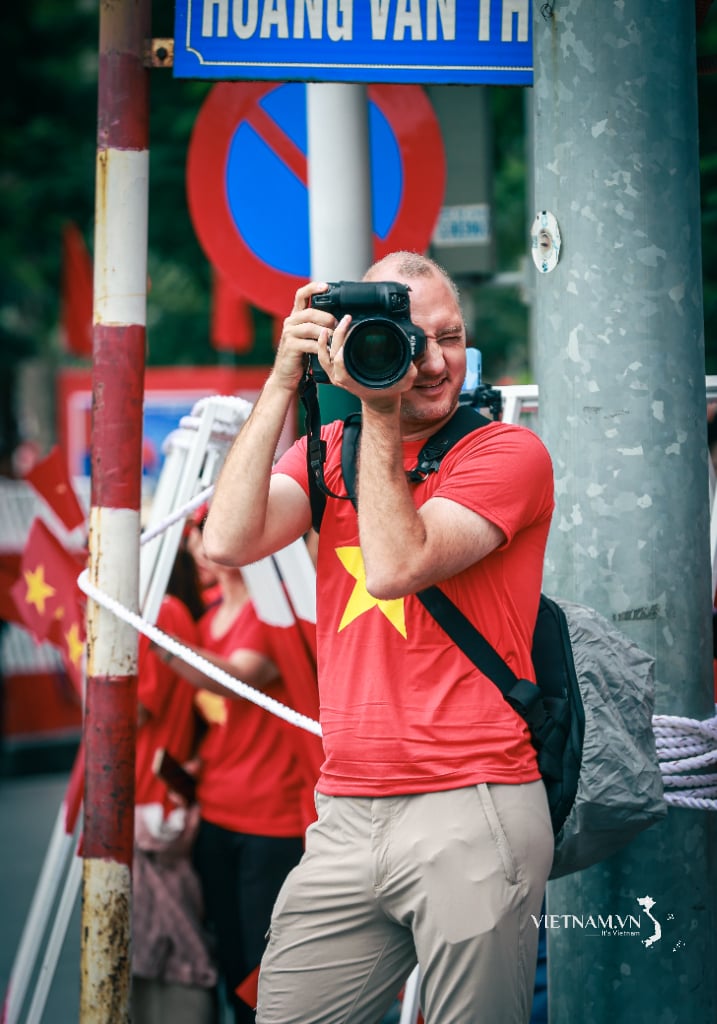


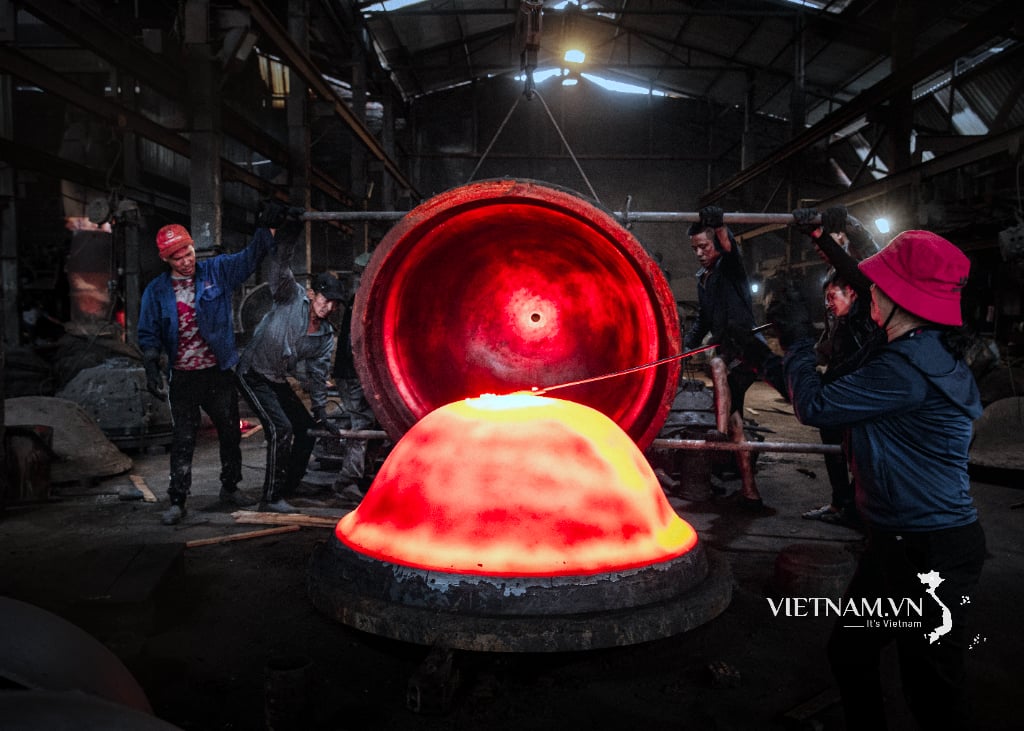
Comment (0)